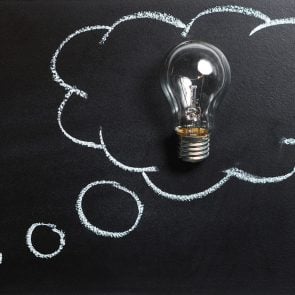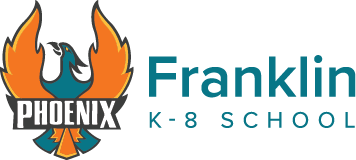Core Knowledge
Core Knowledge balances the description of academic skills with a prescription for subject-content knowledge. The curriculum is designed to give educators a way of knowing what students have experienced in school and to give students a common foundation on which to build additional learning.
Core Knowledge is a systematic syllabus of topics to be studied by students in prekindergarten through 8th grades. It includes topics and subtopics in language arts, world history, American history, geography, visual arts, music, mathematics, and science.

How Core Knowledge Works
Core Knowledge is a rigorous survey of the subject matter in language arts, history and geography, visual arts, music, mathematics, and science that a well-educated student should know by the end of 8th grade.
Knowledge Builds on Knowledge
Example Sequence
We learn new knowledge by building on what we already know. The Core Knowledge approach is a coherent sequence of specific knowledge that builds year by year. For example, in sixth grade students should be ready to grasp the law of the conservation of energy because they have been building the knowledge that prepares them for it, as shown in this selection from the physical science strand of the Core Knowledge Sequence:
- Kindergarten – Magnetism, the idea of forces we cannot see; classify materials according to whether they are attracted to a magnet
- First Grade – Basic concept of atoms; learn names and common examples of the three states of matter; examine water as an example of changing states of matter in a single substance
- Second Grade – Study of Lodestones, naturally occurring magnets, and magnetic poles; learn about magnetic fields and laws of attraction
- Fourth Grade – Study of Atoms; atoms are made up of even smaller particles (protons, neutrons, electrons); learn about the concept of electrical charge and its connection to magnetic fields; study properties of matter, including mass, volume, and density
- Fifth Grade – Study of Atoms forming molecules and compounds; learn about the Periodic Table of elements and its organization
- Sixth Grade – Learn about Kinetic and potential energy (and examples of each); perform experiments and labs to reinforce scientific concepts of conduction, convection and radiation
Examples of Subjects Taught
| Grade level | Subject and content |
|---|---|
| Kindergarten | Visual Arts
|
| 1st Grade | World History - Early Civilizations: Ancient Egypt
|
| 2nd Grade | American History: Civil Rights
|
| 3rd Grade | Math
|
| 4th Grade | Science: Electricity
|
| 5th Grade | American History and Geography: Westward Exploration and Expansion
|
| 6th Grade | Language Arts: Fiction and Drama
Writing and Research
|
| 7th Grade | American History and Geography: America in the Twenties to World War II
|
| 8th Grade | American History: Post World War II U.S.
|

